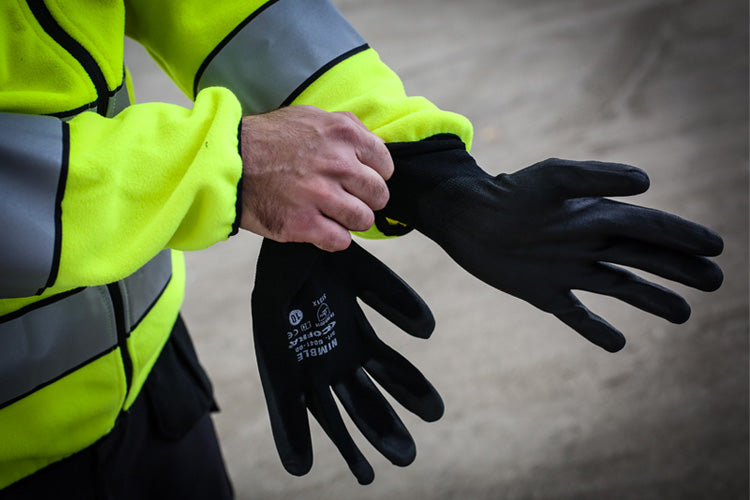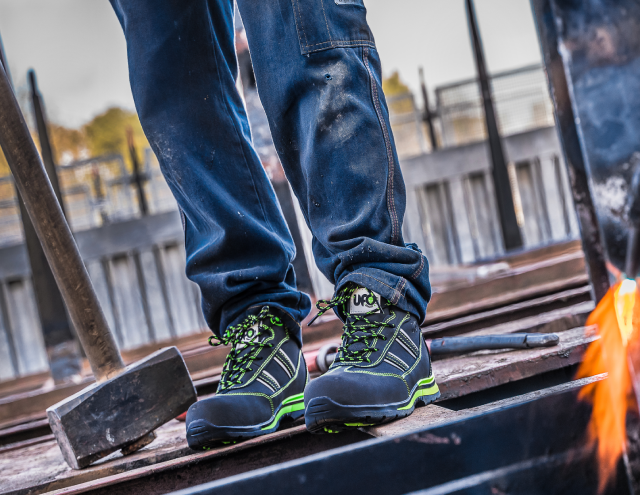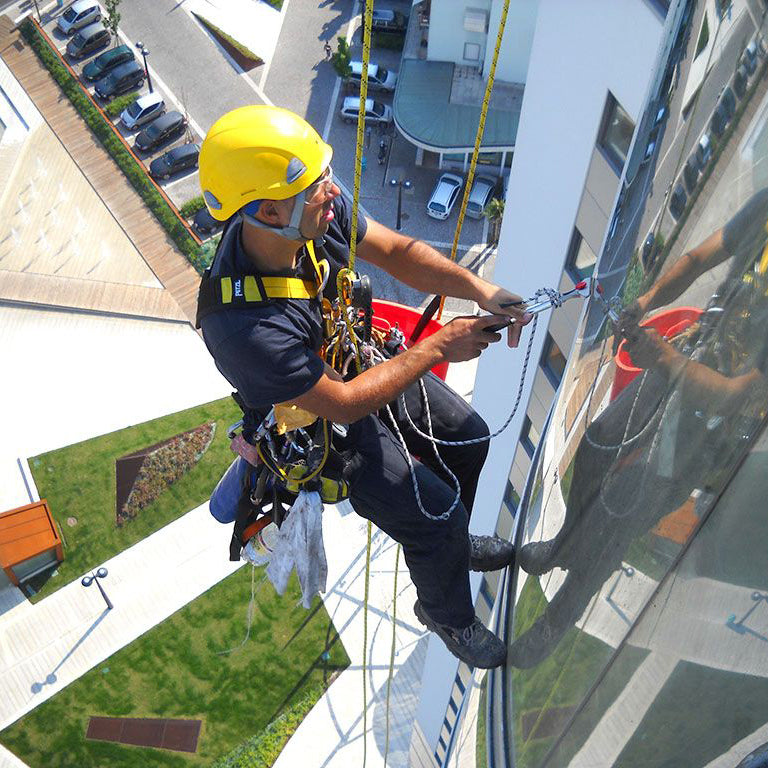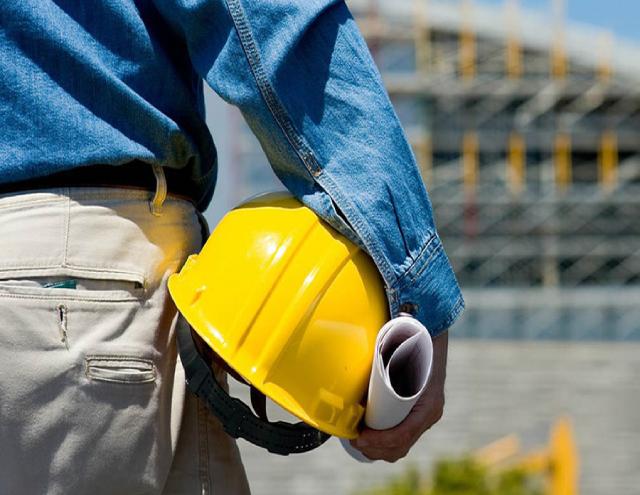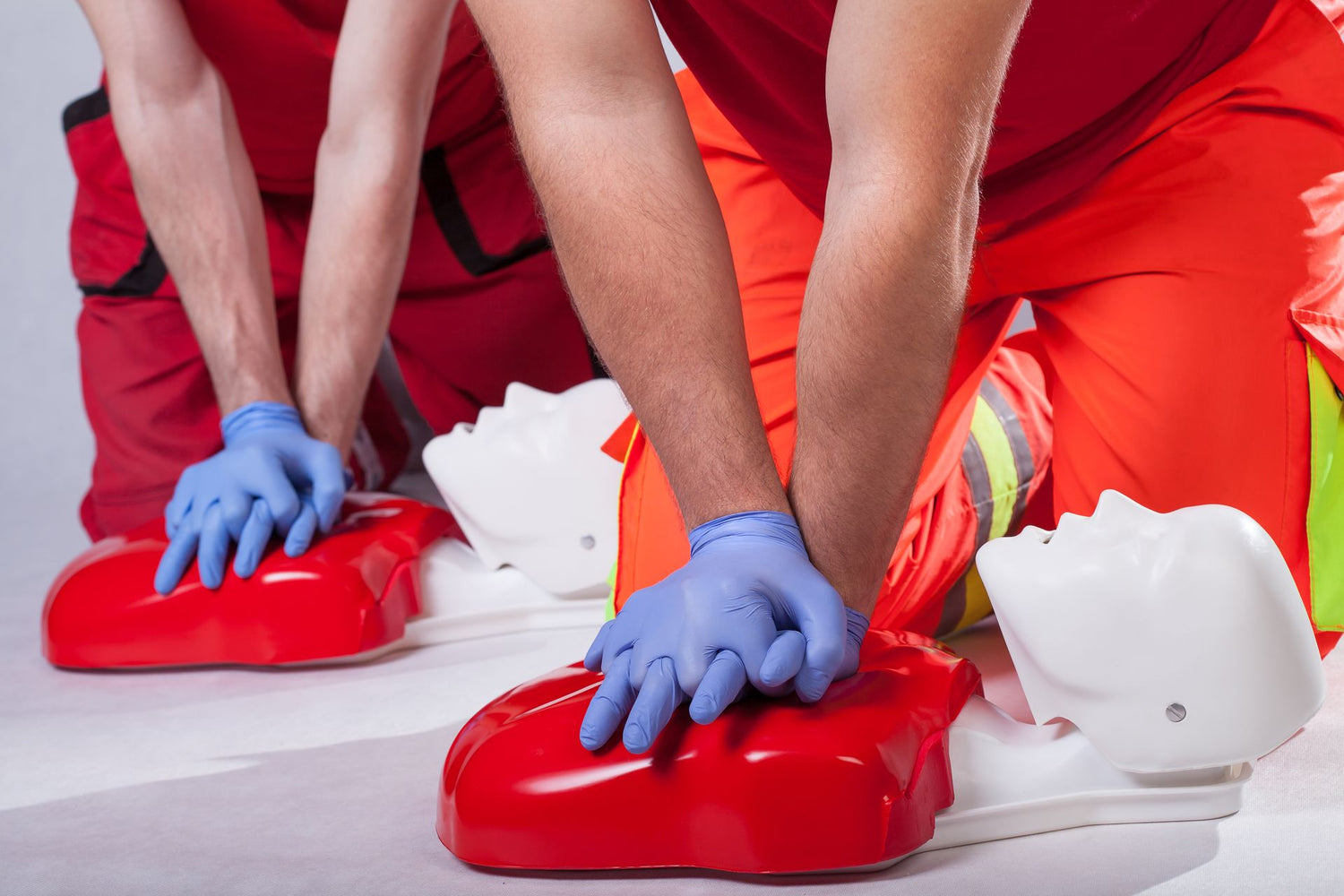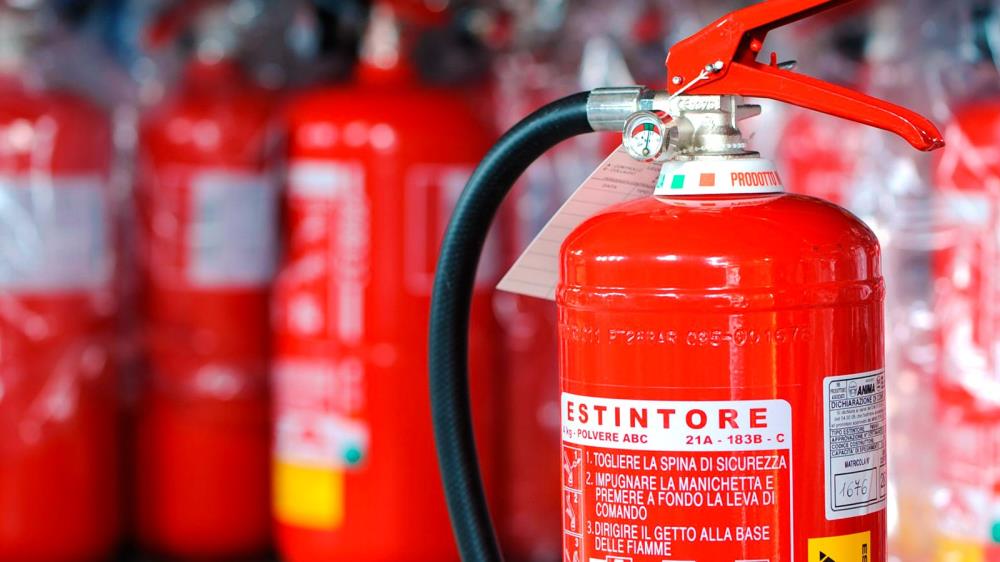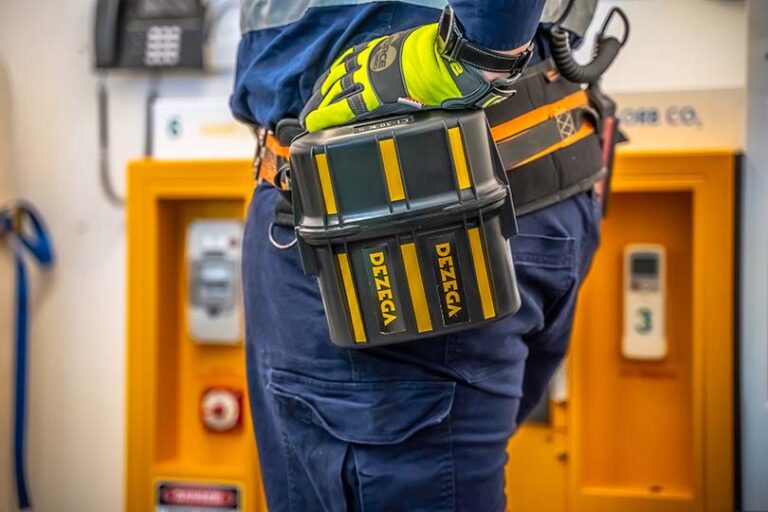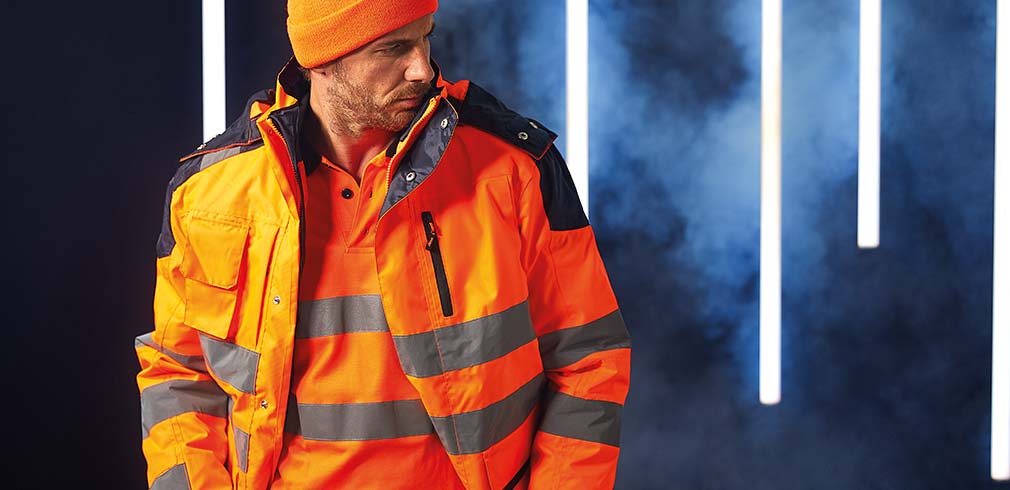In the process of welding aluminum and its alloys, a number of difficulties are observed that have a significant impact on the quality and strength of the welded joint. Let us consider in more detail the features of the behavior of this metal:
In the welding process, a compound with oxide, the so-called oxide film, forms on the metal surface. The melting point of this film is 2044°C, while aluminum itself melts at 660°C.
Aluminum contains dissolved hydrogen, which, as the metal solidifies, begins to leak. During this process, pores and cracks form on the surface of the seam. Silicon is also present in some aluminum alloys, which leads to the formation of cracks on the weld surface during the cooling process.
Molten aluminum crystallizes after welding, its droplets are covered with an oxide film on top, resulting in an inhomogeneous weld with pores, which significantly reduces its tightness and strength. Therefore, the aluminum welding process is best carried out in an environment with inert gas, which allows you to protect the weld zone from the influence of atmospheric air.
Aluminum has high thermal conductivity, but in the molten form it does not have time to remove heat into the environment. The increased fluidity of the metal complicates the weld formation process. Therefore, it is recommended to also use heat-removing pads during the soldering process.
In addition to all of the above, the high thermal conductivity of aluminum requires higher current levels to achieve the desired arc temperature.
When heated, the aluminum billet increases significantly in size, and during crystallization there is a strong shrinkage of the metal, which affects the quality of the weld and leads to its deformation.
Due to the lack of data on the composition of the alloy from which the welded parts are made, it is not always possible to immediately select the correct welding mode and method for its implementation.
Welding methods
The following methods are used for welding structures made of aluminum and its alloys:
- manual arc welding (MMA) using consumable electrodes with a special coating. It is mainly used at home to join non-load-bearing workpieces, with no special requirements for the strength of the joint;
- semi-automatic welding (MIG) in a shielding gas environment, in which the filler material in the form of wire is fed into the welding zone by a special mechanism;
- argon arc welding (TIG) using a non-consumable tungsten electrode in a gaseous environment. It is the most common method of joining aluminum and allows for a weld with a high degree of strength.
All these methods are aimed at carrying out the aluminum welding process with destruction and preventing the formation of an oxide film.
Safety
The process of welding aluminum is responsible and difficult, a number of conditions must be met for the welding to be of high quality, but in addition to this, safety precautions must be observed.
Key security tips include:
- mandatory isolation of all elements of the electrical circuit;
- use of protective devices (gloves, mask, rubber shoes);
- the absence of flammable objects in the room where welding work will be performed;
- ventilation to prevent gas poisoning.


